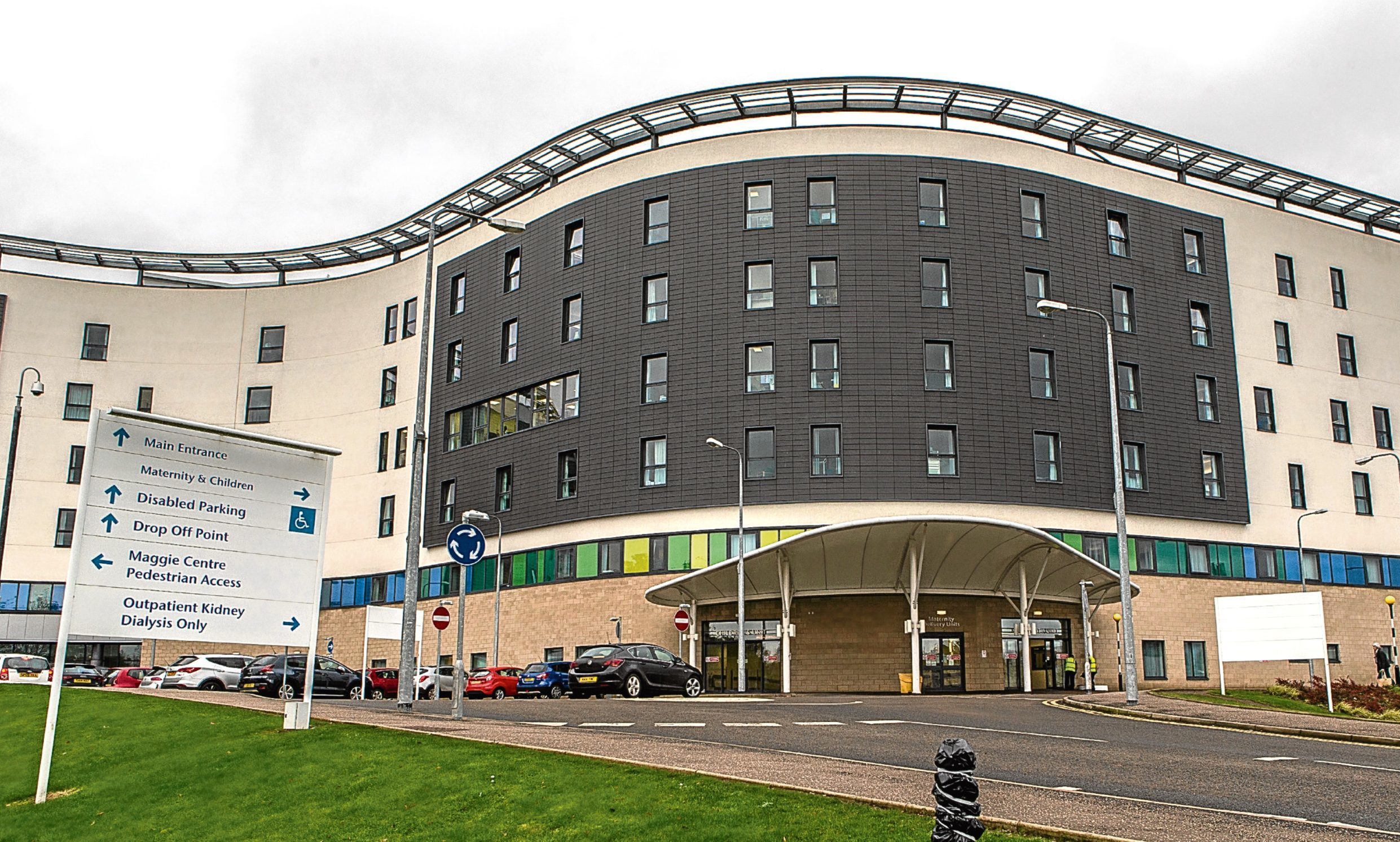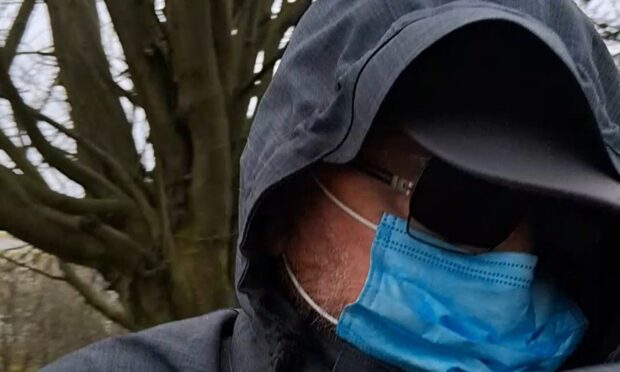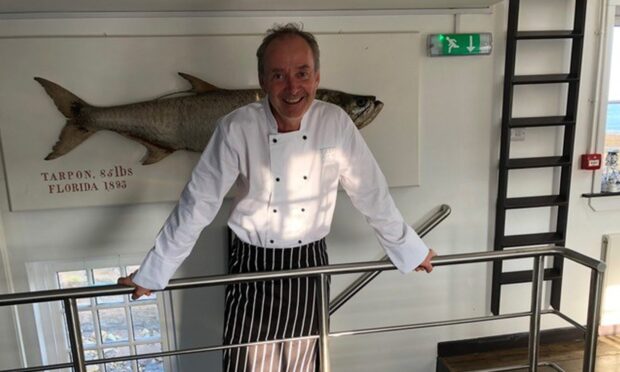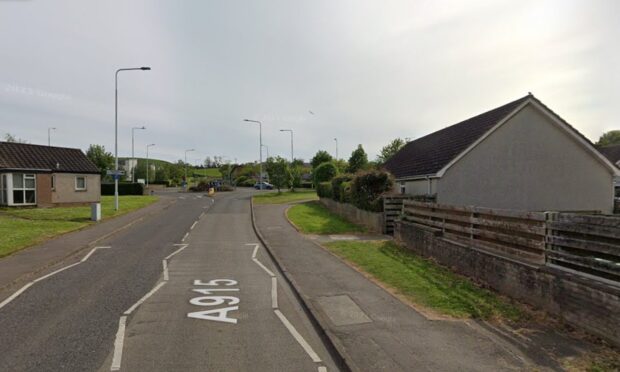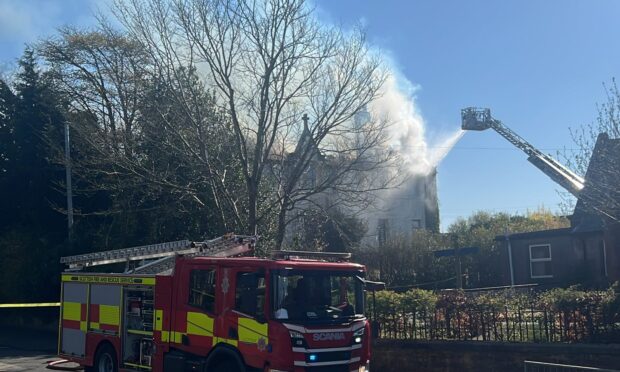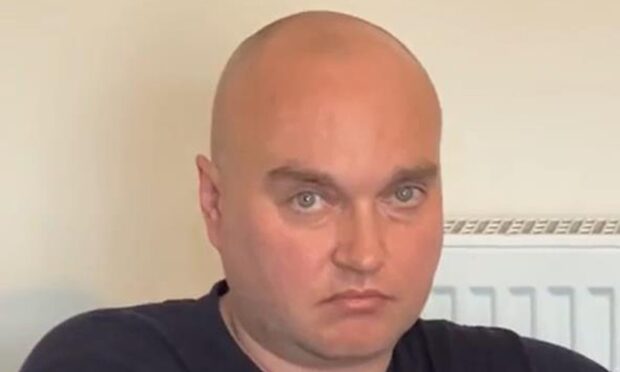Fife’s health service is preparing to make fundamental changes to the way it operates as it faces a £17.3 million funding black hole.
NHS Fife said bridging the gap will be a significant challenge which will continue into future years.
Although detailed savings proposals have yet to be drawn up, board members said services would have to be transformed to ensure a break-even position at the end of the 2019-20 financial year.
The acute division is up against a particular challenge, as bosses struggle to find savings of 5.6% there.
Notwithstanding the difficulties, director of finance Carol Potter said she was cautiously optimistic the financial challenge would be met.
“It’s a significant challenge for the organisation but we’re on a slow journey towards recovering the balance,” she said.
Despite extra Scottish Government funding of £19.8m for 2019-20, staff pay rises, an increase in the cost of prescribing, the introduction of new medicines and other commitments beyond the health board’s control means a budget gap of £2.6m next year.
This will be added to £14.6m of unmet savings from this year, bringing the total to £17.3m – around 2% of the overall budget.
The challenge was revealed as the region braces itself for £8.8m of cuts in health and social care, with hikes to the the cost of meals on wheels and community alarms among the controversial measure due to be approved on Thursday.
Ms Potter said there was no capacity to allocate budgets to cover all cost pressures and added: “The wider financial challenge must therefore be addressed through transformational change across the whole system.”
She pointed out NHS Fife had come back from worse in the past and said: “Notwithstanding the scale of the challenge, I would like to suggest there is a degree of cautious optimism the £17m can be managed next year.
She continued however: “Beyond 2019-20 the challenge continues into future years and the detail of that will emerge as we go into the next financial year.”
Chief operating officer Ellen Ryabov said there were still discussions to be had around how the funding gap would be managed, particularly in the acute division.
“If we go by history, that’s a real challenge and it would be remiss to think it will be easy in any shape or form,” she said.
“Something a bit more fundamental will need to be done as a board, particularly in acute, before we can have any assurance that that level of savings will be achievable.”
